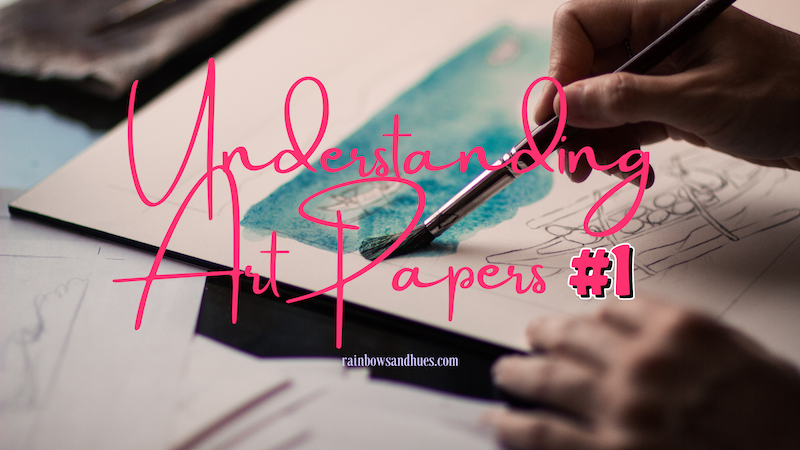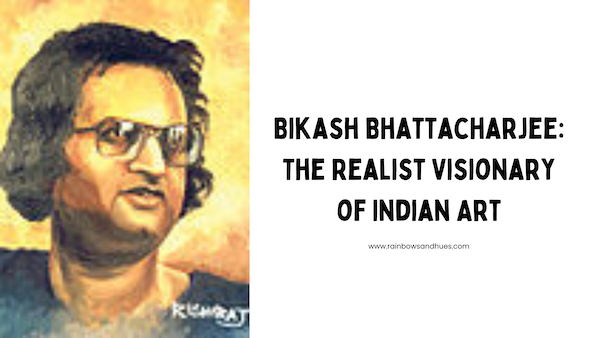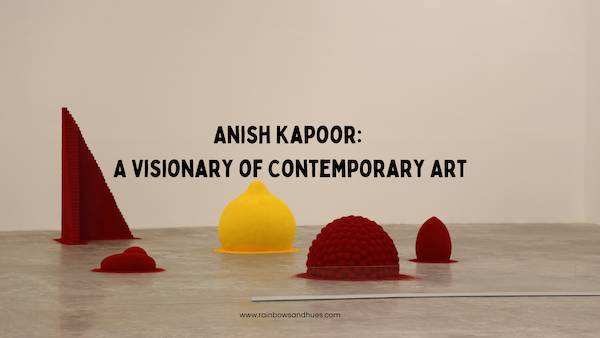Art makes the world go around. There is art in everything, even in science. And to create art is one of the most beautiful things in the world. Rainbows & Hues brings to you a series of posts through which we talk to our readers about different types of art papers, their uses, their sizes, and more. Today, we introduce you to art papers.
The different types of art paper include watercolour, acrylic, oil painting, neutral paper, charcoal, sketching, drawing, canvas, printmaking, and mixed media papers.
Each type is designed to meet the specific needs of a particular medium.
Identifying different types of art paper can be tricky, but with a few helpful tips, it can be a fun and rewarding experience! First, you’ll want to consider the surface of the paper. Is it glossy or matte? Is it thick or thin? Are there any interesting textures? Also, take a look at the colour and weight of the paper. Does it have a bright hue or a muted tone? Is it lightweight or heavy? Additionally, you’ll want to consider the paper’s absorbency. Does the paper absorb the ink or paint quickly or slowly? Finally, you should research the type of paper to ensure that it is suitable for the project you have in mind. Different types of art paper are suited for different types of artwork, so it’s important to make sure you’re using the right paper for the job. With these tips in mind, you’ll be able to identify different types of an art paper with ease!
Also Read: The Folk Art Of Nathdwara – Pichhwai
While some art paper is also available in custom sizes to accommodate larger or unique projects, some other types of art paper are available in pads, journals, and blocks, which are convenient for on-the-go sketching and drawing.
Thickness of paper
The thickness of art paper, also known as its weight, is measured in grams per square meter (gsm) or pounds per ream (lb). The weight of the paper affects its strength, durability, and the way it holds up to different mediums. Here are some standard weight ranges for different types of paper:
- Sketch paper: 130-220 gsm
- Drawing paper: 90-120 gsm
- Watercolour paper: 140-300 gsm
- Acrylic paper: 140-300 gsm
- Oil painting paper: 200-400 gsm
- Neutral paper: 160-400 gsm
- Charcoal paper: 90-120 gsm
- Canvas paper: 300-400 gsm
- Printmaking paper: 150-400 gsm
- Mixed media paper: 140-300 gsm
It’s important to note that the ideal weight of the paper will depend on the intended use and the type of medium being used. Generally, heavier paper is more suitable for wet mediums like watercolour or oil paint, while lighter paper is better for dry mediums like charcoal or pastel.
Also Read: History Of The Indian National Flag
When selecting sheets for art, consider the following factors:
Purpose: Determine what kind of art you will create (e.g. watercolour, ink, coloured pencils, etc.).
Surface: Choose a surface that’s suitable for your medium (e.g. smooth for pen and ink, rough for watercolour).
Weight: Pick a weight that will hold up to repeated erasing and handling (e.g. 200 gsm watercolour paper can take lesser wash techniques and 300 gsm watercolour paper is good for multiple wash techniques).
Size: Select the appropriate size based on the scale of your project.
Brand: Read reviews and select a reputable brand known for quality products.
Next in this series, we shall take in-depth about various types of art papers individually.
***
Hop over to our website www.rainbowsandhues.com to buy premium quality paintbrushes and colors! Follow @rainbowsandhues on Instagram to get regular information on new products and deals!




